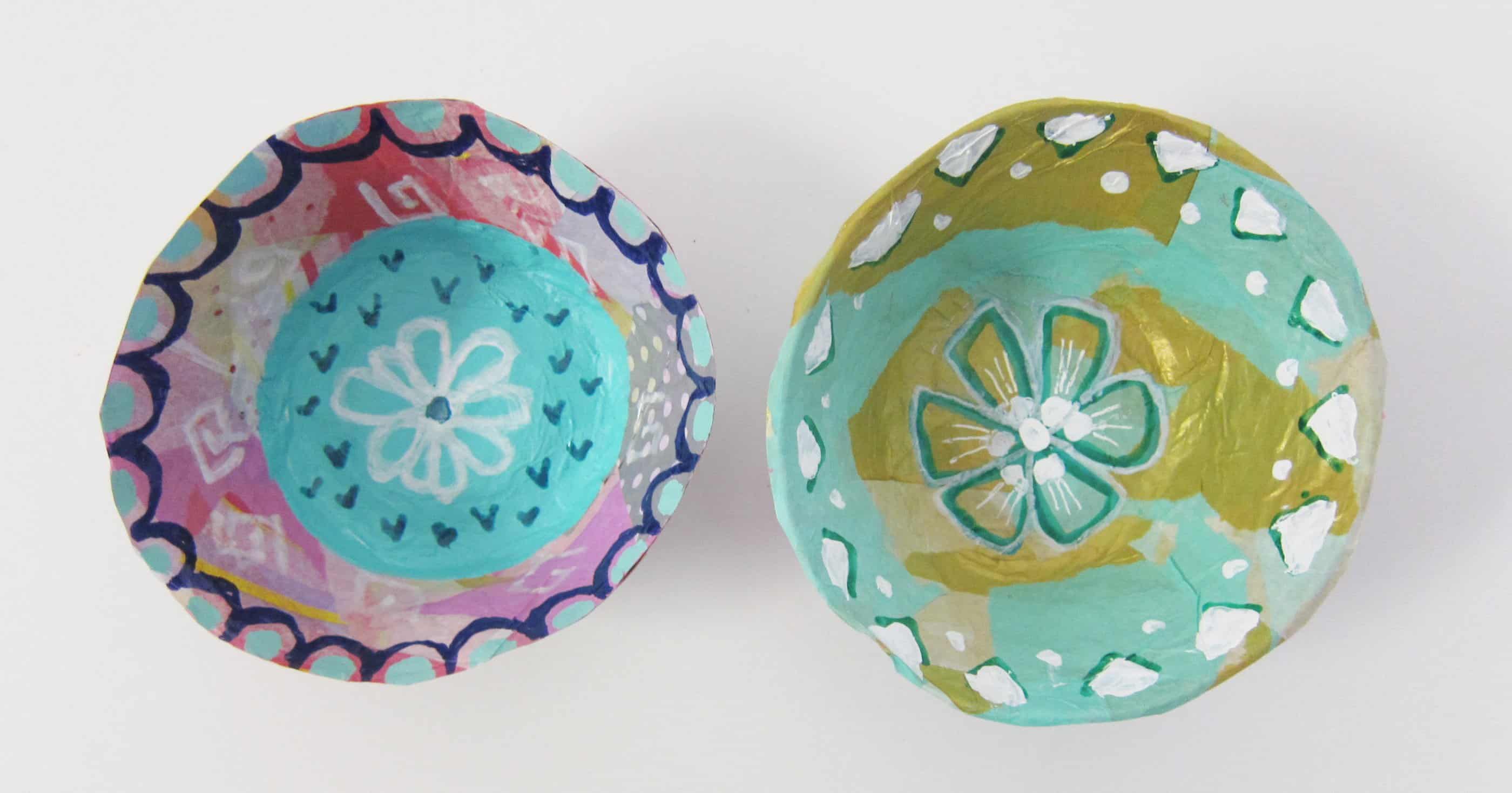
Pour the blended slurry into the pan. These will affect properties like caliper, opacity, strength etc.

Before beginning the process, here's an overview of how this project will work:
How to make high quality paper mache. Don't worry about how the shape of the mouth looks now. Use a steam iron to smooth out the sheet, then peel it gently from the cloth. It is light weight and easy to work with.
When the paper is soaked, it should be just covered with water. Set on a baking sheet or scrap piece of paper to dry, rotating occasionally to avoid flat spots. Remember to lay vertical strips along the cheeks and the sides of the mouth to hold this piece in place.
These will affect properties like caliper, opacity, strength etc. Place the paper mache item on a cookie tray before putting it in the oven. Sculpt paper clay into fruits.
I decided to do a better version of my paper clay recipe including measurements and answering the most common questions i get asked. If you are going to write on the paper, blend in 2 teaspoons. Place a long edge of the mould on the felt.
Put the bowl into the microwave oven and cook for about 10 minutes. This manual demonstrates how to make a mask mold, which can be reused to easily make additional masks. You can cut it after the mask dries.
It comes in a powdery mixture which is a dream to work with. Once a mold is created, it takes no time at all to make a few masks a week. Using a pan that’s at least 18 by 24 inches.
To make your binding mixture, pour 1 cup (140 grams) of flour and 1 cup (240 ml) of water into a bowl. Make paper mache sculptures animals wildlife and more how to paper. Think of this like a close the door, open the door, motion.
Put the pieces of torn or shredded paper into the bowl until the bowl is almost full. Pulse the blender until the pulp is smooth. An oven set to a low temperature such as 175 degrees fahrenheit helps speed up the drying time on small paper mache projects.
Next, we applied wet plaster of paris gauze/bandage in. The liquid falls onto the wire or forming fabric. Most of the production time is in the drying of the mask.
Slowly pour the hot water over the paper, stirring constantly. Mix the pulp with one tablespoon or more of white glue. I hope this is helpful :)
In one smooth motion, place the mold face down, press down, and lift from that initial edge. At the wet end of the paper machine sits the headbox, which distributes a uniform jet of watery stock. This method is not for paper mache over balloons, which may expand or pop in the oven.
On the contrary, paper mache has come a long way. Making a paper mache mask has never been so simple. Glue the newspaper balls to the base and form the shape of a mountain.
Fold a long strip of soaked paper in half lengthwise. Pour the blended slurry into the pan. Then, scrunch up a sheet of newspaper into a ball and tape it together with masking tape.
Paper formation also affects the coating capabilities and printing characteristics of the paper. Transform paper mache boxes, pumpkins, eggs, ornaments, and letters. Before beginning the process, here's an overview of how this project will work:
Paper mache is your answer for creating art and crafts, safe for adults and children, alike! Center it over the upper lip and smooth it down. Mold wet paper clay over the form and sculpt until the base's surface is covered by the pulp.
A poorly formed sheet will have more weak and thin or thick spots. Beneath the wire, foils (short for hydrofoils) remove water and improve fibre uniformity, ensuring that the fibres weave together in a tight mat. It is light enough to.
Basic shapes, like cones and balls, can be converted into stunning trees or seasonal decor! Many people think that paper mache masks are messy to make. Of course you can do it the old fashioned way with glue and newspaper strips but, nowadays, paper mache is mixed in a bowl just like you were making dough.
Place pellon or paper towel on top of your freshly couched sheet. Fill the blender about 2/3 full with warm water. Tear the paper (feel free to mix different types) into small bits and put the pieces into a blender.
Here is how to pulp the old paper together with water, spread it out, and allow it to dry: Let the glue dry for 24 hours so it's solid. Stack the ironed sheets under a light weight, such as back between the (dry) chopping boards, and leave them in a corner for at least 24 hours to condition, when the moisture content of the paper settles to match the humidity of the air.
A poorly formed sheet will exhibit more dot gain and a mottled appearance when printed.